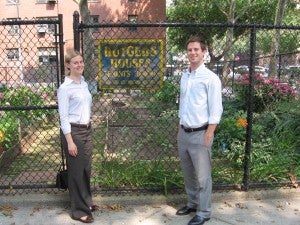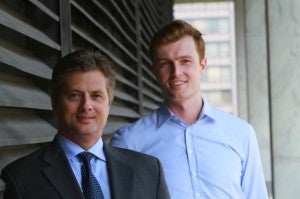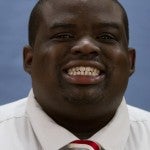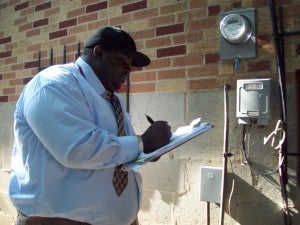This commentary was originally posted on the EDF Business Blog.
It sounds so simple: saving energy saves money. McKinsey & Company estimates that the U.S. could reduce its annual energy consumption 23 percent through efficiency measures, cutting greenhouse gas emissions by over a gigaton and saving both companies and consumers over a trillion dollars.
So why do we as a nation still waste so much energy? And how do we stop? The fact is organizations face many barriers to implementing energy-saving projects, which have nothing to do with technology and everything to do with the way people make decisions.
One of the most common challenges is the lack of information. So in the holiday spirit of sharing, we worked with three of our EDF Climate Corps hosts to tell the story of how they are capturing their piece of that trillion-dollar opportunity.
AT&T, QTS and the New York City Housing Authority (NYCHA) welcomed EDF’s cameras into their facilities and spoke openly about the energy efficiency projects they’ve got in the works. Together, we compiled a series of videos spotlighting successful projects in lighting, cooling, heating and data centers.
Here’s a quick rundown of featured projects along with a link to each video:
- AT&T worked with EDF Climate Corps to uncover potential savings of up to 50 percent associated with cooling costs at 250 of AT&T’s facilities by using a technique called “economizer mode” – a process in which cool external air replaces the need for mechanically chilled air during cool months.
- AT&T also worked with EDF Climate Corps to find ways to cut its lighting energy use by 80 percent. A project that is now being rolled out across its 250 largest central offices.
- Data center provider QTS worked with EDF Climate Corps to optimize efficiency in its LEED Gold datacenter and reduce annual costs by $4 million. The company plans to invest $10 million to implement these projects.
- New York City Housing Authority worked with EDF Climate Corps to analyze the energy savings potential of installing Wireless Energy Modules across its portfolio. The EDF Climate Corps fellows found that the project would lead to more consistent, comfortable temperatures for residents, save $56 million in NYCHA’s annual costs and avoid 177,000 metric tons of CO2 emissions each year.
AT&T, QTS and NYCHA have all helped get the word out about how they’re maximizing energy opportunities. AT&T recently shared insights on potential savings at 250 facilities; QTS announced a plan to invest $10 million in energy efficiency projects at the world’s second largest data center; and New York City Housing Authority announced its mission to spur public housing authorities and private landlords around the nation to make smart energy investments.
You can help share these lessons too. Send a video along to a company, city, or university you know, to help them cut costs and carbon emissions in a big way. Or tell them about EDF Climate Corps, which has uncovered a billion dollars in energy savings for participating organizations in its first four years. We’re recruiting now for 2012 — visit edfclimatecorps.org to learn more.
EDF Climate Corps places specially-trained MBA and MPA students in companies, cities and universities to develop practical, actionable energy efficiency plans. Sign up to receive emails about EDF Climate Corps, including regular blog posts by our fellows. You can also visit our Facebook page or follow us on Twitter to get regular updates about this project.














